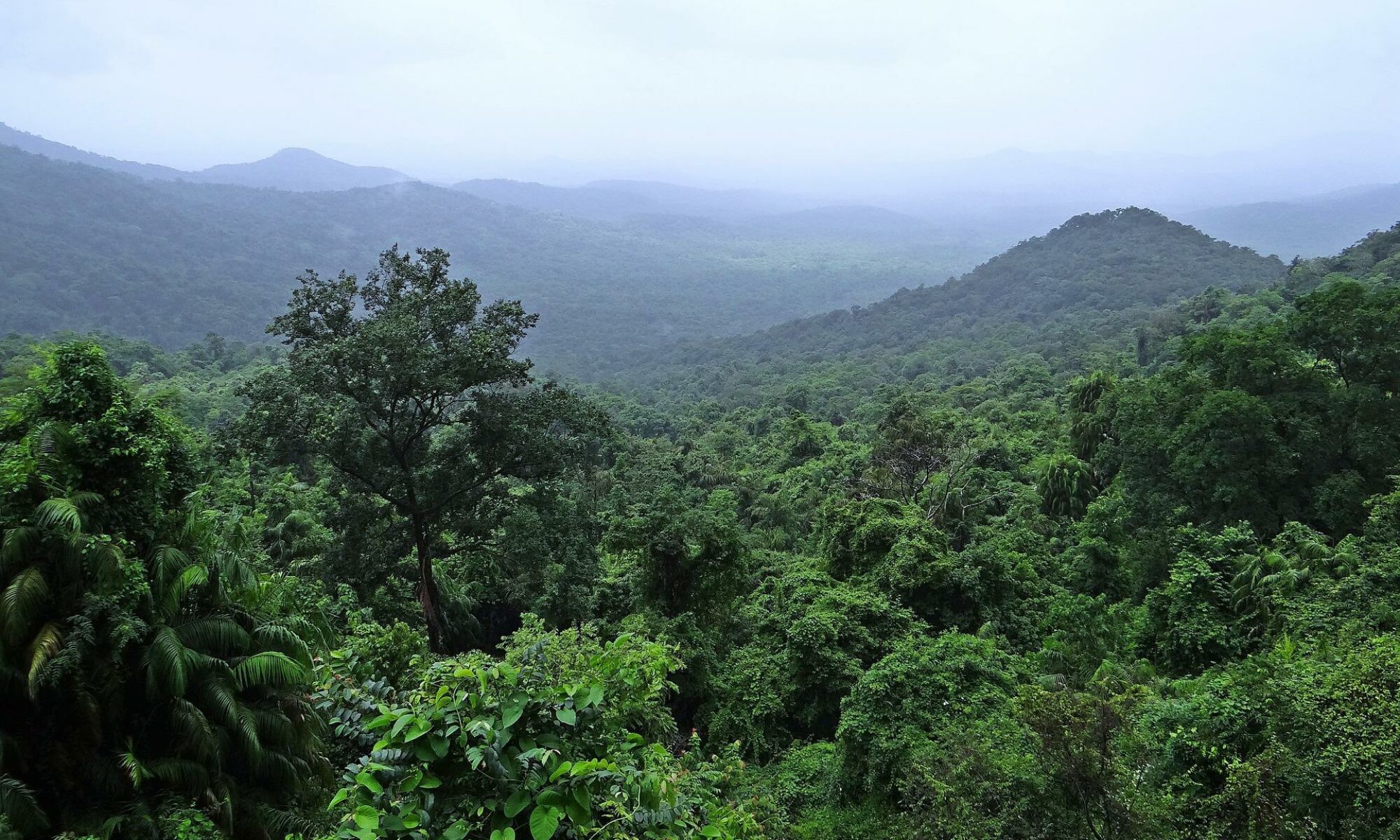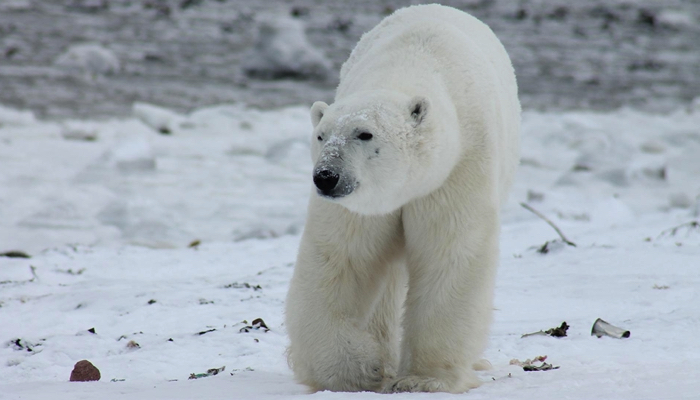The world population has already crossed 7 billion and still continues to grow. With the growing population of humans consuming resources at alarming rates, many species are facing the threat of extinction. Most of the endangered species in the United States alone are rapidly losing their habitats. Several others are seeing drastic alteration of their ecosystems.
One of them is the small flowering sandplain gerardia, which is found in New England. Over the years, the population of bluefin tuna have also become the victims of over-fishing. Here are the top three species that have been threatened by the growing population of humans:
1. Florida panther
The Florida panther was in the 1967 list of endangered species. This was because the urban sprawl had caused the destruction and fragmentation of the habitat of these endangered animals. These panthers were once found throughout the southeastern United States. Today, they’re struggling for survival in South Florida’s tiny area. Their population has now reduced to only about 5% of its original number.
As the road network expanded throughout its range of habitats, large numbers of panthers disappeared. By 2011, there were only 100 to 120 Florida panthers left in the region. While their population has decreased significantly, the human population of Florida has doubled. Humans are now using the safe havens that panthers were retreating to for the development of human properties.
2. Polar bear
As the global human population has doubled since 1970, the use of polluting fossil fuels has also grown considerably. This has severely altered Earth’s atmosphere, threatening the survival of the Arctic species. Among them is polar bear, which is capable of swimming a hundred miles in search of food and mates. These days, it goes swimming to find some ice to stand on.
Polar bear is the bear family’s largest member. It has a thick layer of fat under its skin and a thick fur. This helps the bear to adapt to the Arctic conditions. These bears can survive under sub-zero temperatures owing to their remarkable features.
A study was done in 2009 on the relationship between global warming and the growth in population. According to its findings, the carbon emissions caused by a single person is quite significant. In fact, it is about 20 times more than what one individual saves by taking some carbon-reducing measures.
3. Loggerhead sea turtle
About 95% of the breeding population of loggerhead sea turtles in the United States nests in Florida. The loggerhead sea turtle was in the 1978 list as a federally threatened species. However, the population of this species increased by 24 percent between the years 1989 to 1998.
This was the result of careful management of these turtles. Later their population declined dramatically due to real estate development and recreational activities on the beach. Some conscious efforts to protect these turtles have resulted in an increase in its population once again.
Despite this, they’re still vulnerable to destruction of their nesting habitat. In 2011, there were just 42,000 nesting attempts on the beaches of Florida. Destruction of nesting habitat on the beach and harassment while nesting are among the threats that the loggerheads face.

